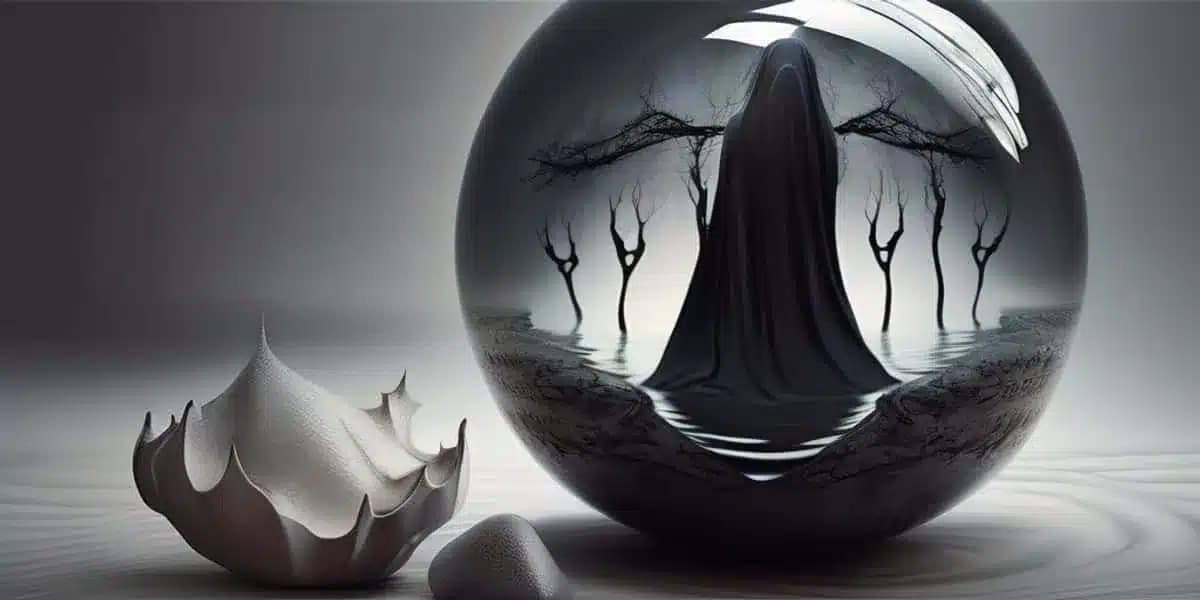
Mystic Beings Through the Ages: A Glimpse into Otherworldly Entities
Throughout history, mystic beings have captivated the human imagination, appearing in countless tales and legends that span cultures and eras. These otherworldly entities, from the fearsome Baba Yaga to the elusive cryptids, have been a source of fascination, fear, and intrigue. In this article, we explore the rich tapestry of the supernatural, delving into the […]